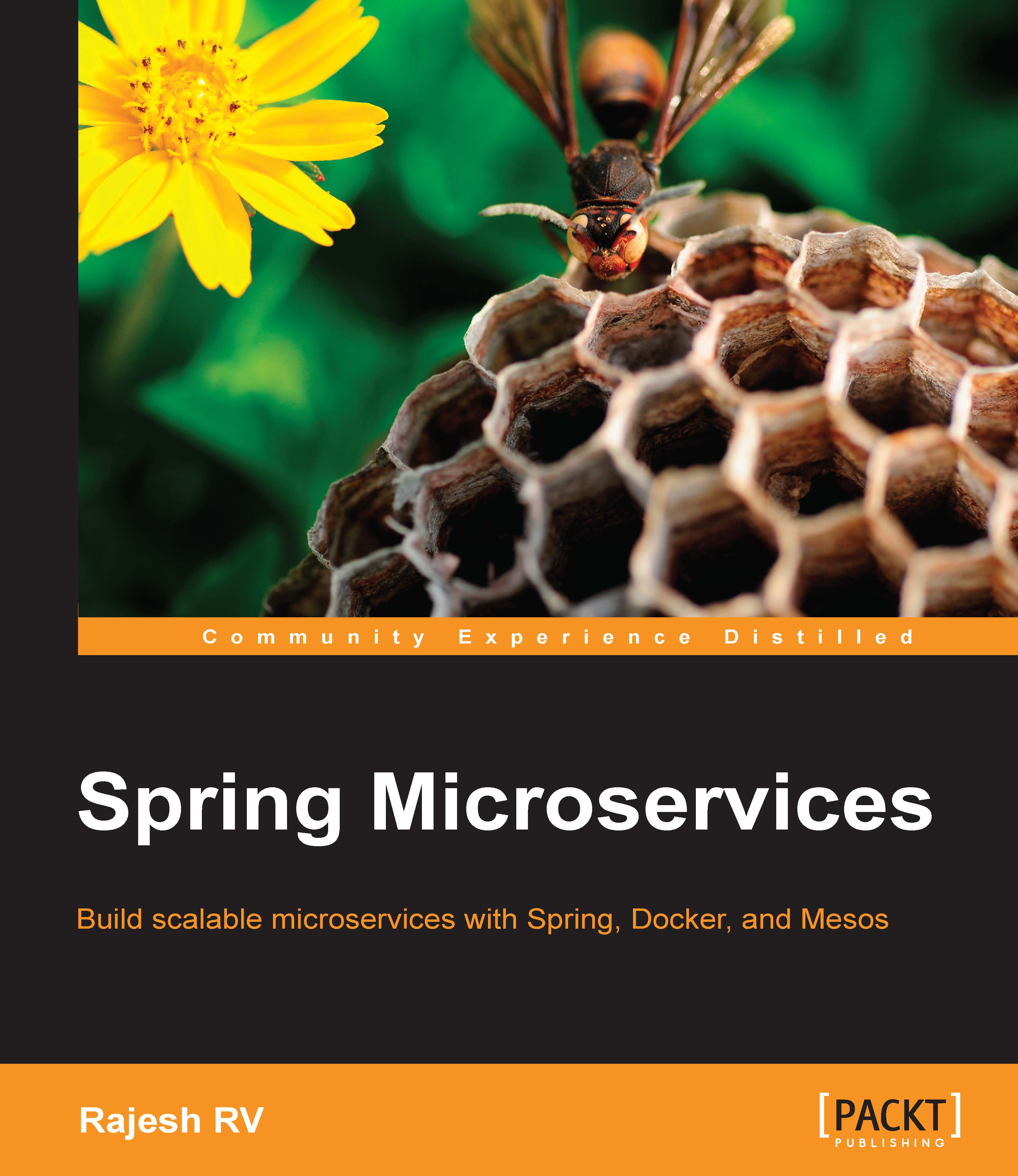-
Book Overview & Buying

-
Table Of Contents

Spring Microservices
By :

Spring Microservices
By:
Overview of this book
 Free Chapter
Free Chapter
 Sign In
Start Free Trial
Sign In
Start Free Trial

 Free Chapter
Free Chapter
Microservices are an architecture style and an approach for software development to satisfy modern business demands. Microservices are not invented; they are more of an evolution from the previous architecture styles.
We will start the chapter by taking a closer look at the evolution of the microservices architecture from the traditional monolithic architectures. We will also examine the definition, concepts, and characteristics of microservices. Finally, we will analyze typical use cases of microservices and establish the similarities and relationships between microservices and other architecture approaches such as Service Oriented Architecture (SOA) and Twelve-Factor Apps. Twelve-Factor Apps defines a set of software engineering principles of developing applications targeting the cloud.
In this chapter you, will learn about:

